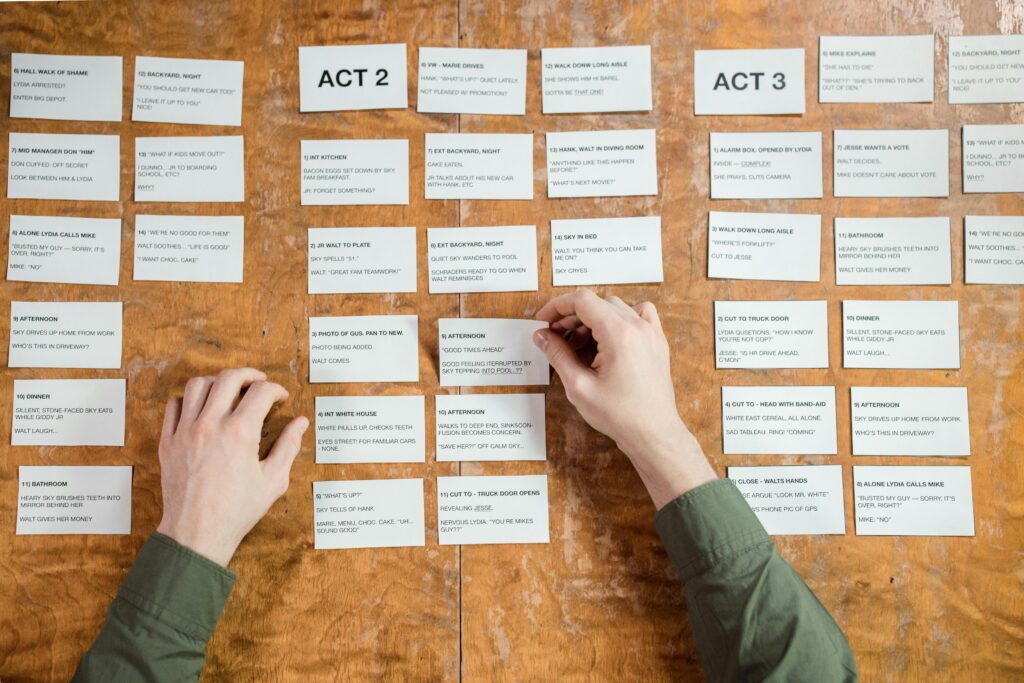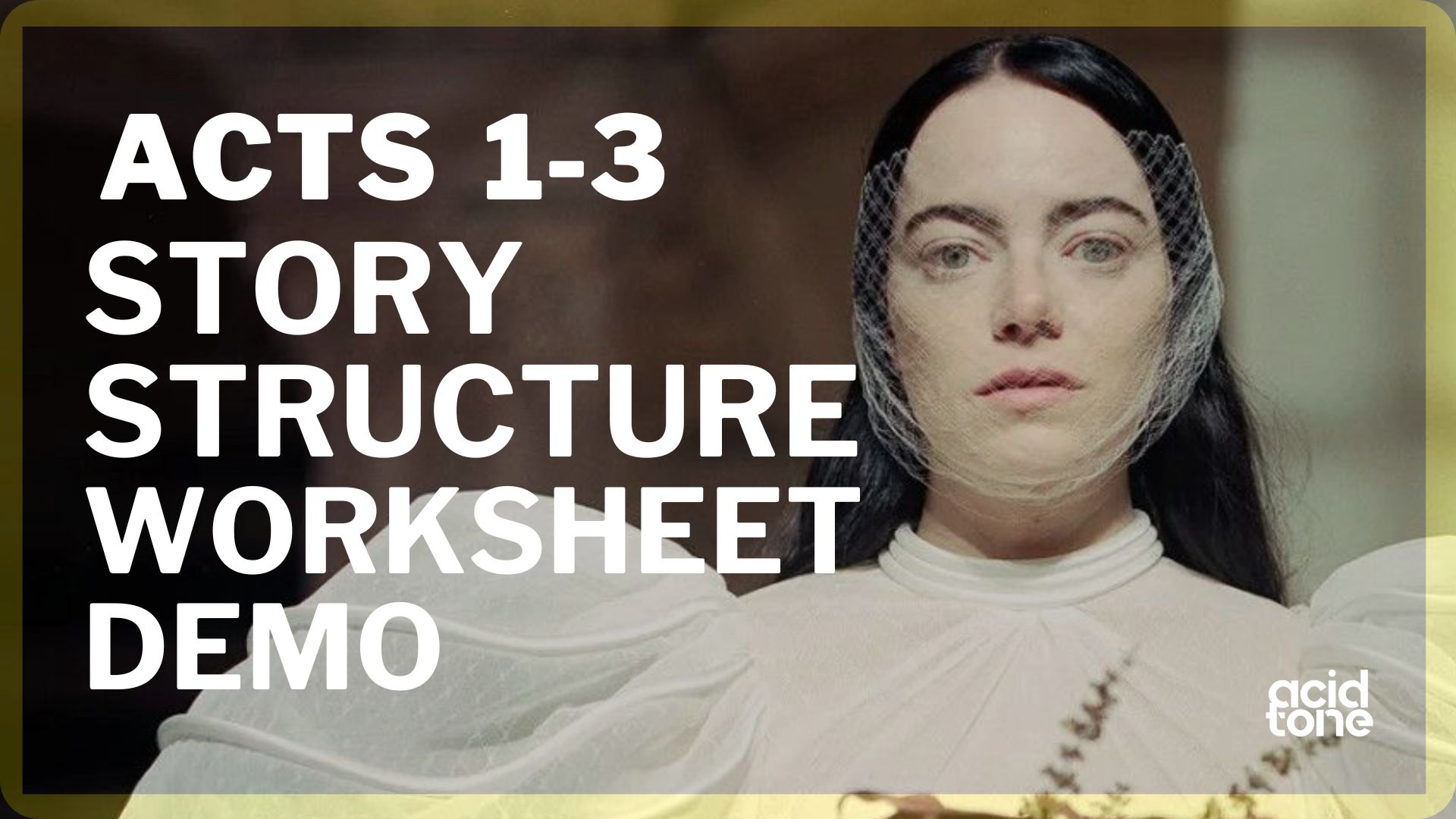
Are you struggling to navigate Act 2 of your screenplay? Do you find yourself grappling with how to maintain momentum and deepen your characters’ journeys? The 3-Act Story Structure offers a comprehensive framework to tackle Act 2’s complexities effectively. By embracing this structure, you can transform Act 2 into a compelling journey of challenges, growth, and emotional resonance.
Act 2: Confrontation
Act 2 serves as the central battleground of your story. It’s where your characters face escalating challenges and conflicts that test their resolve and transform their journeys. This act should be a rollercoaster of emotions, pushing your protagonists to their limits and compelling them to evolve.
Building Conflict
In Act 2, escalate the conflict to raise the stakes for your characters. Introduce new challenges, adversaries, and dilemmas that force your protagonists out of their comfort zones. Each scene should build upon the last, creating a sense of urgency and tension that keeps your audience on the edge of their seats.
Character Development
Act 2 is a pivotal moment for character development. Dive deep into your protagonists’ inner worlds, exploring their strengths, weaknesses, and desires. Allow them to evolve in response to the challenges they face, forging alliances and confronting their fears.
The Midpoint
The midpoint of Act 2 marks a significant turning point in your story. It should be a moment of revelation or crisis that shifts the narrative’s direction. This pivotal event raises the stakes and intensifies the conflict, pushing your protagonists toward a critical decision or realization.
Raising the Stakes
Continue to raise the stakes throughout Act 2. Introduce setbacks and complications that challenge your characters’ motivations and convictions. The obstacles they face should feel insurmountable, driving them to make difficult choices and confront their deepest fears.
Subplots and Themes
Act 2 is an opportunity to explore subplots and themes that enrich your main storyline. Develop secondary characters and side plots that intersect with the protagonists’ journey, adding depth and complexity to the narrative. These elements should complement the central conflict and contribute to the story’s overarching themes.
The Second Turning Point
Act 2 concludes with a second turning point that propels your story toward Act 3. This moment should be a culmination of the challenges and conflicts introduced earlier in the act. It sets the stage for the final confrontation and resolution, leaving your audience eager to see how the story will conclude.
Benefits of Mastering Act 2
Mastering Act 2 with the 3-Act Story Structure offers numerous benefits for your screenplay. It provides a roadmap for maintaining narrative tension and pacing, ensuring that your story remains engaging from start to finish. Act 2 allows for profound character development and thematic exploration, enhancing the overall impact of your screenplay.
Downloadable Story Structure Worksheet
To assist you in crafting Act 2 of your screenplay, we offer a downloadable Story Structure Worksheet. This tool will help you outline your plot, develop your characters, and navigate the complexities of Act 2 with confidence.
References and Educational Links
For further reading and educational resources on screenwriting, explore these valuable links:
Embrace the power of the 3-Act Story Structure in Act 2, and watch your screenplay flourish. Every twist and turn contributes to the journey of your characters. Let Acid Tone guide you in crafting a compelling and unforgettable narrative.
FROM THE BLOG
Latest News

Breaking the Code: The Three-Act Structure in The Matrix
Read more: Breaking the Code: The Three-Act Structure in The MatrixDiscover the three-act structure in The Matrix through Michael Hauge’s plot story outline, unveiling the film’s captivating narrative and timeless themes.



